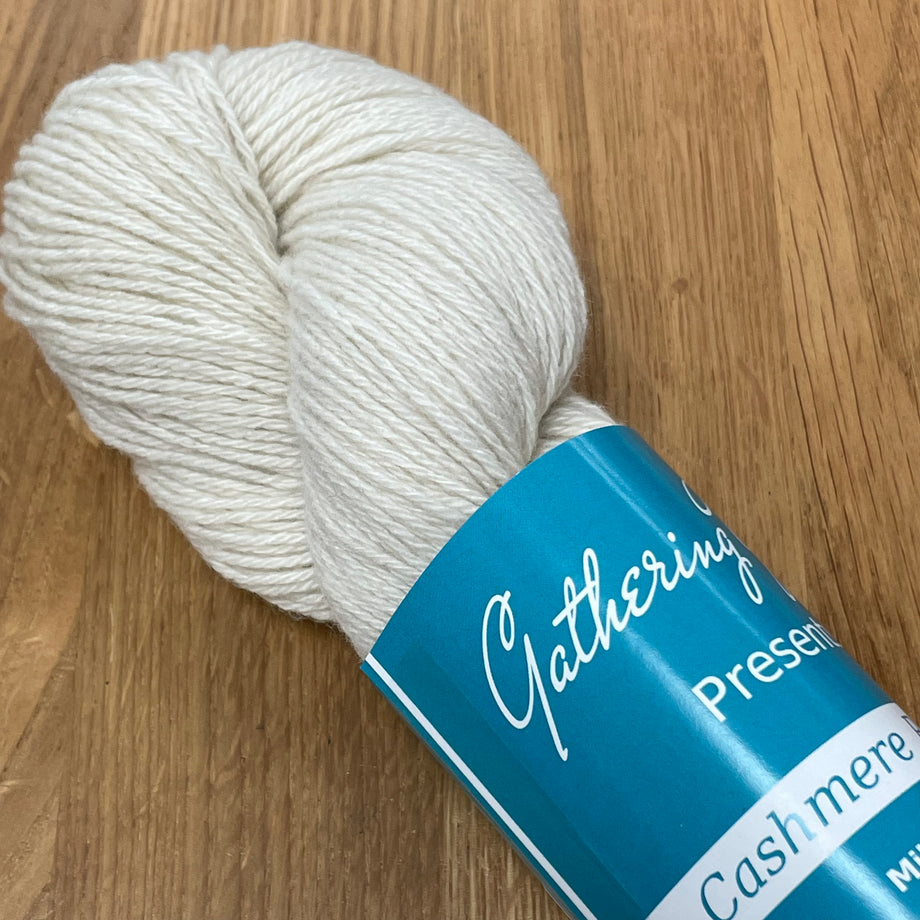What Is Cashmere and Why It’s a Must-Have in Every Fashion Lover’s Wardrobe
What Is Cashmere and Why It’s a Must-Have in Every Fashion Lover’s Wardrobe
Blog Article
Checking Out the Different Types of Cashmere a Natural Fiber for Ultimate High-end
Cashmere, a natural fiber, is frequently connected with high-end and comfort. Not all cashmere is developed equivalent. From the richly soft Mongolian selection to the light-weight heat of Indian Pashmina, each kind provides its very own special functions and allure. The more cost effective Chinese cashmere, the conventional Scottish version, and the premium Italian mix, all tell a different story of this impressive fiber. As we untangle the world of cashmere, a deeper understanding of its real worth and class begins to arise.
Understanding the Glamorous Nature of Cashmere
Cashmere, typically related to deluxe and convenience, holds a distinct allure in the globe of all-natural fibers. This soft, lightweight material is fancied for its phenomenal warmth and exceptional toughness. Unlike other natural fibers, cashmere combines insulation with breathability, using exceptional comfort throughout varying temperature levels. Its lustrous finish and soft texture contribute to its premium allure, validating the costs price that typically features cashmere garments. In addition, cashmere's intrinsic crease resistance and elasticity boost its value, making it a recommended option for premium apparel and devices. Regardless of its fragile appearance, cashmere possesses a shocking strength, able to preserve its form and elegant feeling in time. This special mix of features seals cashmere's placement as an icon of beauty and indulgence.
Simply What Is Cashmere and Where Does It Come From?

Offered these outstanding top qualities, one may question the beginning and make-up of this lavish fiber. Cashmere is stemmed from the soft undercoat of cashmere goats, mainly discovered in Mongolia, China, Iran, and Afghanistan - is cashmere a natural fiber. These goats are adjusted to extreme weather problems, creating an incredibly great, soft underfur as a defense versus the bitter cold. This underfur, or undercoat, is what is gathered for cashmere. Each spring, when the goats normally shed their winter season layer, farmers brush out the great underhair, leaving the coarser hair behind. This meticulous process contributes to the scarcity and high price of cashmere. With its origin in the extreme landscapes of Asia, cashmere is a testament to nature's capacity to produce luxury from difficulty.
Deciphering the Different Kinds Of Cashmere
Comprehending the various types of cashmere is crucial to valuing the top quality and special features of this lavish fabric. Generally, cashmere is categorized into three kinds: raw, virgin, and reused. Translating these types is the very first step in comprehending the exclusivity and value of cashmere.

The Unique Features of Each Kind Of Cashmere
Having explored the different groups of cashmere, it becomes evident that each kind boasts its distinct collection of his response features. Mongolian cashmere, for instance, is renowned for its exceptional top read the full info here quality, due to Mongolia's extreme winters that generate longer and finer fibers. Conversely, Chinese cashmere is typically much more cost effective, though its much shorter fibers can lower sturdiness.
Why Cashmere Is the Epitome of Luxury in vogue
Cashmere holds a well-regarded placement in the globe of fashion, related to as a sign of deluxe and elegance (is cashmere a natural fiber). Cashmere is acquired from the fine undercoat of Himalayan goats, understood for their remarkable top quality fiber. Cashmere's unmatched convenience and durability make it a desired material in the creation of premium garments.
The Refine of Making Cashmere: From Goat to Garment
The journey of cashmere, from being an undercoat of a Himalayan goat to a luxurious garment, is a detailed one. With the advent of spring, farmers in Mongolia and China accumulate the woollen by combing the goats, guaranteeing no injury is done. The obtained woollen consists of coarse outer hair and soft downy undercoat. This blend is after that meticulously divided, with just the soft down used for cashmere. This raw cashmere is cleaned, colored and spun right into thread. The yarn is after that woven or weaved right into materials. The final action includes cleaning and pressing to offer the material its particular gentleness and warmth. From goat to garment, each action is a testimony to the artistry, from this source patience and skill associated with crafting cashmere.

Final Thought
Finally, cashmere, with its natural style and unrivaled comfort, preponderates on the planet of deluxe style. The variety in kinds, ranging from the soft Mongolian, light-weight Indian Pashmina, affordable Chinese, traditional Scottish, to the vivid Italian, discloses the flexibility of this natural fiber. The scrupulous procedure of transforming it from a goat to a garment better includes in its exclusivity, making cashmere the epitome of refinement and luxury.
Cashmere, an all-natural fiber, is commonly associated with deluxe and comfort (is cashmere a natural fiber).Cashmere, usually associated with luxury and convenience, holds an unique appeal in the globe of all-natural fibers. Unlike various other all-natural fibers, cashmere combines insulation with breathability, offering unparalleled comfort throughout varying temperatures. Cashmere is derived from the soft undercoat of cashmere goats, largely located in Mongolia, China, Iran, and Afghanistan. Cashmere is acquired from the great undercoat of Himalayan goats, known for their remarkable high quality fiber
Report this page